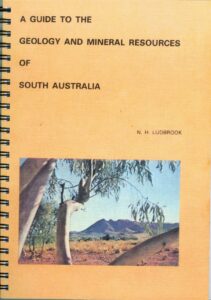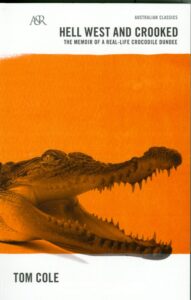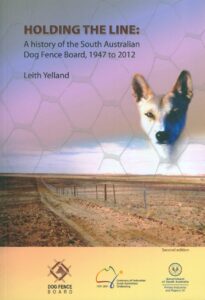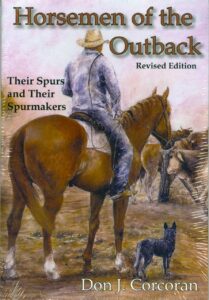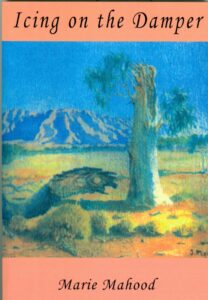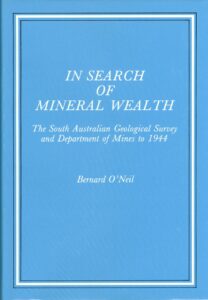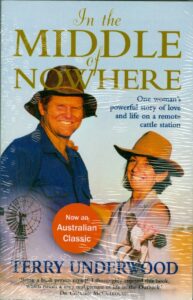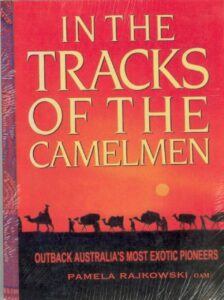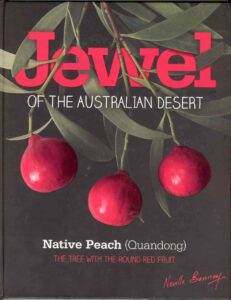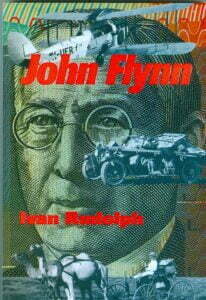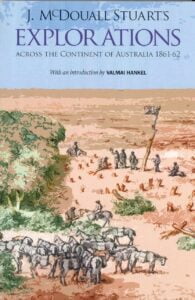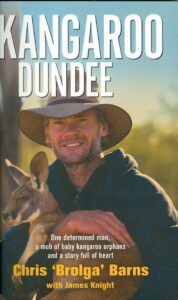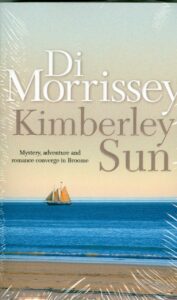Shop
As the title implies, the book is intended as a guide to the geology of South Australia. It has been compiled from the work of many geologists. At the end, there is a list of general references which have been used in the preparation of each chapter. These will provide details which cannot be included in a guide of this kind, and further references which are too numerous to list.
South Australia has had a very long geological history traceable back for over 2000 million years. It has areas of ancient basement rocks and of younger rocks representing most of the geological column, which are exposed at the surface or have been revealed by deep drilling in exploration for minerals, petroleum and natural gas.
Published by the Hawker Centenary Committee. This hard cover book of 256 pages. A section of the foreword to this book written by Bunny Collins. “I feel confident that everybody who has read the book “Hawker – Hub of the Flinders” which was published in 1980 to commemorate the 100 year history of our town…
Read MoreHans Mincham author of “Hawker..Hub of the Flinders” wrote the following on page 63 and 64. Hawker, we have seen, arose on a bend in the railway line that was the nearest point for roads running on through the ranges via Arkaba and Wilpena to Blinman and surrounding runs, and, more importantly, through the long corridor between the Chace and Druid Ranges to stations on the Eastern Plain flanking the northern Flinders and stretching on to New South Wales and Queensland. And of course Hawker was the obvious centre for wheat farmers in the Hundred of Arkaba and those immediately around the town in the Hundred of Wonoka. The quantity of stores for distant runs unloaded there was very considerable. The teamsters on their return trips brought back wool to be trucked from the Hawker railway station.
Read MoreIn this remarkable memoir, Tom tells the stories of his life in the outback during the 1920’s and 1930’s. With great humour and drama, he recounts his adventures as a drover and stockman in some of the toughest country in Australia and later as a buffalo shooter and crocodile in the Northern Territory.
Read More‘Holding the Line’ describes the history of the Dog Fence Board and was commissioned to mark the celebrations of the first hundred years of Federation of South Australia. The book was jointly funded by Centenary of Federation South Australia and the Dog Fence Board in recognition of the important contribution that the Dog Fence has…
Read MoreThis is an extremely well researched work which will be treasured by all horse riders. It is a very thorough account of Australian spurs and the bush blacksmiths like Fred Gutte who designed his on Wave Hill Station, but it is much more than that. It offers a romantic folklore of the horsemen who used the spurs in their sometimes dangerous and often lonely rides on the cattle stations between outback Queensland and the Kimberley.
Read MoreLife Story of a Family in the Outback This is a real-life story of the Outback that will make you proud to be Australian. Joe Mahood is an outback Mr Fix-It. He is also a boots-and-all reincarnation of Jeanie Gunn’s romantic Malluka in We of the Never Never. The Mahood family are battlers who never…
Read MoreThis book is a great publication, a black hard with a blue dust jacket containing 359 pages including the index. Rocks and minerals were used in South Australia many thousands of years before European settlement. Some of the first manufactured items in South Australia were undoubtedly of mineral origin. Chalcedony, flint, slate and other rocks…
Read MoreIn the middle of nowhere is the compelling true account of 18 year old nurse Terry Augustus and John Underwood, a young born and bred cattleman she found flat on his back in Ward 3 of St Vincent’s Hospital, nursing a serious spinal injury sustained while mustering cattle. John was itching to get home to his family’s cattle station in the Northern Territory. He promised Terry he’d write.
Read More
Mounted Constable William Willshire commanded a corps of Native Police in Central Australia during the 1880s. Notorious for the violence of his patrols, he was eventually tried in 1891 for the murder of two Aboriginal men, and was posted to an even more remote frontier in the Top End. During his time in the Territory, Willshire wrote of his experiences in several extraordinary memoirs. Part murder mystery and part courtroom drama, his story illuminates unfolding issues of race and nationalism in colonial Australia on the eve of Federation.
Read MoreThis is the first book to trace the history of the Afghan and Indian camel drivers in Australia
Read MoreIt is highly unlikely that any other edible Australian Native Plant has created as much interest as Native Peach/Quandong, Santalum acuminatum. This plant is now embedded in Australian folklore and holds nostalgic memories for many people.
This fully illustrated book follows its journey through prehistoric times, ancient Aboriginal history, botany, Australian land exploration, early settlers, arts and craft through to farming the species and its use as a popular cooking ingredient in modern Australia.
It is highly unlikely that any other edible Australian Native Plant has created as much interest as Native Peach/Quandong, Santalum acuminatum.
Read MoreJOHN FLYNN is one of Australia’s greatest folk heroes. His achievements are the stuff of legend: no other Australian has had more monuments dedicated to him than John Flynn.
Ivan Rudolph
Read MoreJohn Mc Douall Stuart Explorations Across the Continent of Australia 1861-62
Read MoreLily Barton is beautiful, adventurous and looking for a complete life change. Sami, her daughter, is driving alone through the outback to finally, reluctantly confront her family roots. Together they are swept into a world where myths and reality converge, as they find that everyone they meet has a story to tell and a secret to share.
Read More
